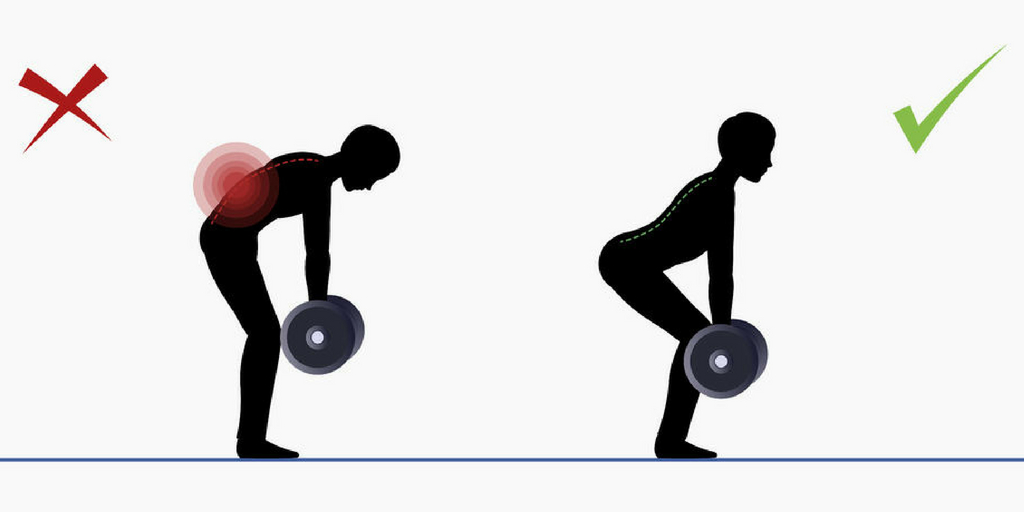“How much can you bench, man?”
This is probably the first question any male bodybuilder, or many clients who are new to a gym, will ask, regardless of his physique. Some mystique has always been attached to this value, as if a magical number somehow defines an individual’s prowess in the gym. While it is true that well-developed and chiseled pectoral muscles are impressive to the eye, one may be surprised to discover that it is actually the lower half of the body that tends to dictate overall strength.
Squats have long been regarded as the kingpin of leg exercises, owing in part to the fact that the quadriceps group is the largest mass of musculature in the human body. If you properly train a client to master the squat, the reward is growth and development in the quads. However, the lower body doesn’t end with our thighs, and the rest of the leg must have equal demands placed upon it in order to foster additional growth and symmetry.
Next to the squat, the deadlift is without a doubt the most important exercise one can perform in order to encourage growth in the lower body. When properly executed, this move also works other muscles and stabilizers, making it a wonderful compound exercise. Over time, mastering the deadlift will encourage picking up an object with a straight back, thereby helping to prevent hernias, which often can result from repeatedly lifting with a rounded lower back.
 The deadlift is executed by lifting a loaded barbell off the ground from a stabilized bent-over position. The primary muscles being recruited during a properly executed deadlift are the erector spinae, gluteus maximus, adductor magnus, hamstrings, and quadriceps.
The deadlift is executed by lifting a loaded barbell off the ground from a stabilized bent-over position. The primary muscles being recruited during a properly executed deadlift are the erector spinae, gluteus maximus, adductor magnus, hamstrings, and quadriceps.
The reason this particular exercise, and not the bench press, is considered the purest test of strength is because it is one of the few lifts which is initiated with the weight lying on the ground (known as “dead weight”). In many other lifts, an eccentric (lowering the weight) phase is followed by a concentric (lifting the weight) phase. The eccentric phase stores a certain amount of energy in the stretched muscles and tendons, thereby making the concentric phase somewhat easier. The deadlift, however, is solely a concentric movement. The lift is initiated at its most difficult point, with no inertia or ability to have any reserved energy.
This challenge highlights the need to teach a client to pay particular attention to form during execution of the deadlift. Placing the spine in neutral alignment is especially critical. The heavier the lift, the more important this becomes. Failure to maintain a neutral spine could, over time, lead to an increase in pressure on the discs of the spine, potentially causing herniated discs. Such compression can also lead to squeezing of the spinal roots in the spinal cord, causing nerve-damaging conditions like lumbago or sciatica.
If one is willing to heed all of the important aspects of form necessary to safely execute a deadlift, it will surely become an integral and valued addition to any workout program. For those who have never attempted a deadlift, or are new to adding this move to clients’ workouts, here are six easy instructional steps to help get you started. Always remember to warm up thoroughly!
1. Stand with the bar above the center of your feet – your stance should be slightly narrower than shoulder-width, so that your arms have room.
2. Grab the bar using an overhand grip, positioning yourself such that your arms are vertical to the floor.
3. Bend through your knees until your shins hit the bar; remember that the bar must remain above the middle of your feet.
4. Lift your chest but don’t squeeze your shoulder blades as in performing a squat. Simply put your shoulders back & down, keeping your head and neck in alignment with the rest of your spine.
5. Pull – keep the bar close to your body; roll it over your knees and thighs until your hips are locked.
6. Lower the bar by pushing your hips back first, and then bend your knees once the bar reaches knee level. Do not bend them too soon, or the bar will hit the knees.
You are now well equipped to help even your novice clients begin developing a powerful and symmetrical lower body. So the next time anyone asks how much you can bench, answer with a question: “How much can you deadlift?” Feel empowered, and be proud of your physique!
Cathleen Kronemer is an NFPT CEC writer and a member of the NFPT Certification Council Board. Cathleen is an AFAA-Certified Group Exercise Instructor, NSCA-Certified Personal Trainer, ACE-Certified Health Coach, former competitive bodybuilder and freelance writer. She is employed at the Jewish Community Center in St. Louis, MO. Cathleen has been involved in the fitness industry for over three decades. Feel free to contact her at trainhard@kronemer.com. She welcomes your feedback and your comments!

